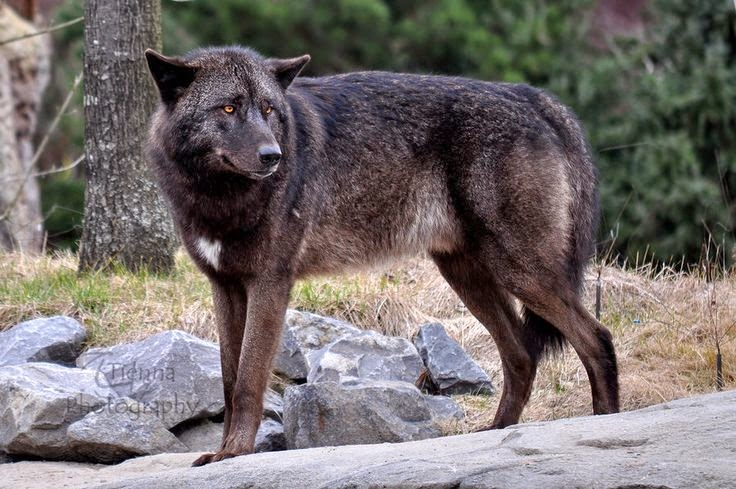
WS partners with State Departments of Natural Resources and the FWS to address wolf concerns and livestock losses. WS conducts an integrated wolf damage management program that includes investigations into reported incidences of wolf depredations, provision of fladry and other nonlethal management methods to farmers and removal of wolves under certain circumstances. WS also works with Native American Tribes where appropriate to address wolf concerns on tribal lands, assists researchers in wolf capture and monitoring, and verifies losses for State compensation programs. Fish and Wildlife Service (FWS) and the State wildlife agencies to respond to requests for assistance from livestock producers, and WS may trap and relocate wolves, sometimes attaching radio-collars.Ĭlick here to learn more about wolves and wolf management in the Great Lakes area. It’s about when have humans done enough damage to a species that corrective action is required.Wolves occur naturally in Michigan, Minnesota and Wisconsin, and the 2012-2013 population estimate was 3,686 animals. “A species isn’t considered endangered only if it’s at imminent risk of extinction. “Wolves absolutely do not fit the definition of a recovered species,” says John Vucetich, who studies animal ecology at Michigan Technological University, to Vox’s Benji Jones. The wolves were given protections in 1973 under the Endangered Species Act, and have since recovered to around 5,000 individuals in the lower 48 states. Gray wolves once roamed across North American deserts, grasslands, and forests, but by the 1950s, overhunting, habitat loss, and poisoning by humans had nearly wiped out the species. "We are disappointed that an activist judge from California decided to tell farmers, ranchers, and anyone who supports a balanced ecosystem with common-sense predator management that he knows better than them," says Luke Hilgemann of the hunting advocacy group Hunter Nation in a statement. Assuming there is an adequate supply of prey, gray wolves can flourish in any of these environments, and once inhabited more than 2/3 of the United States. Some hunters and farmers are angered over the recent ruling, noting killing gray wolves reduces occasional attacks on livestock. The gray wolf is a generalist by nature, meaning that it can survive in a variety of habitats, including frozen tundra, dry grasslands and deserts, and wooded forest habitats. As a result of overhunting by non-indigenous people, local Ojibwe tribes decided not to fill their tribal hunting quota for gray wolves, which have a sacred place in their culture. Wisconsin had to end its wolf hunting season early in Spring 2021 after more than 200 wolves were killed in less than 60 hours, far surpassing the state’s quota of 119. An estimated 1,100 wolves in total live in the state.

At least 215 wolves have been killed so far in Montana, where the hunting quota is set at 450 wolves. An entire pack is expected to be "elliminated." It is the biggest loss Yellowstone has faced since wolves were reintroduced to the park 25 years ago. In Montana, hunters killed 24 Yellowstone gray wolves that roamed outside of their protected habitat inside the national park, where 90 individuals remain. When the animals lost federal protection just 15 months ago, wolf hunting spiked in some states. On January 4, 2021, the gray wolf was delisted as a federally protected species following 45 years of protection under the Endangered Species Act. The recent ruling protects wolves in 44 of the lower 48 states but does not directly impact wolves in the northern Rocky Mountains of Idaho, Montana, and Wyoming as well as portions of several nearby states. “The Fish and Wildlife Service should be ashamed of defending the gray wolf delisting.”

“Wolves need federal protection, period,” says Kristen Boyles, an attorney at Earthjustice, says to Catrin Einhorn of the New York Times. The Biden administration now has 60 days to decide whether to appeal the ruling. Fish and Wildlife Service "failed to adequately analyze and consider the impacts of partial delisting and of historical range loss on the already-listed species.”Īttorneys for the Biden administration defended the 2020 decision to remove protections for gray wolves, arguing the species’ populations were resilient enough to recover from hunting, Matthew Brown and John Flesher report for the Associated Press. In late 2020, the Trump administration removed gray wolves from the endangered list and stripped their legal protections, citing “the successful recovery of the gray wolf.” The decision was reversed last Thursday by U.S. The decision to re-list gray wolves is being hailed as a major conservation victory for the species, which is frequently embroiled in controversy between scientists, hunters and ranchers.
#Gray wolf forms full#
Wolves can go for two weeks without food, but will gorge themselves full when food is plentiful. Wolves hunt in packs and can kill deer, caribou and moose.

Federal protection for gray wolves has been restored in most of the lower 48 United States. Gray Wolf Facts & Trivia for kids There are 39 sub-species of the Gray Wolf.


 0 kommentar(er)
0 kommentar(er)
